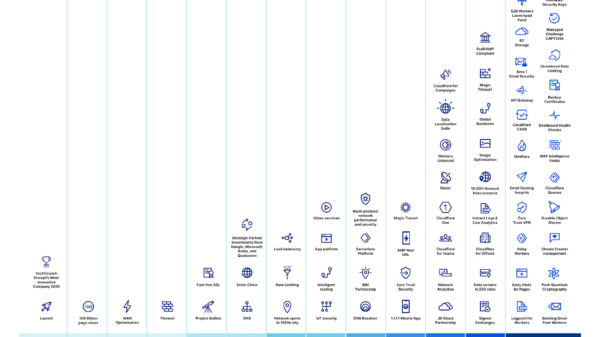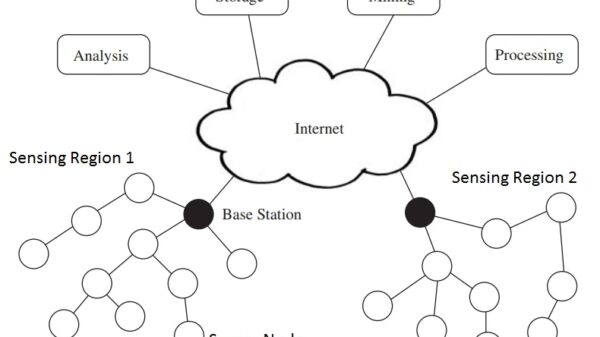Cryptography and steganography are two different but complementary security techniques used to protect sensitive information. Cryptography is the process of converting data into an unreadable format, known as ciphertext, that can only be decrypted by authorized parties. Steganography is the process of hiding data within another piece of data, such as an image or audio file.
Cryptography
Cryptography is a broad term that encompasses a wide range of techniques for securing data. The most common cryptographic technique is encryption, which uses a mathematical algorithm to convert data into an unreadable format. Encryption is often used to protect sensitive information, such as passwords, financial data, and medical records.
There are two main types of encryption: symmetric encryption and asymmetric encryption. Symmetric encryption uses the same key to encrypt and decrypt data. This type of encryption is often used for short messages or for applications where speed is critical. Asymmetric encryption uses two different keys: a public key and a private key. The public key can be used to encrypt data, but only the private key can be used to decrypt it. This type of encryption is often used for secure communication, such as email and file transfers.
Steganography
Steganography is a technique for hiding data within another piece of data. This can be done by embedding the data in the least significant bits of the other data, or by using a watermarking technique to add the data to the other data in a way that is not easily detectable.
Steganography is often used to hide sensitive information, such as passwords, financial data, and medical records. It can also be used to protect copyrights, by embedding watermarks within digital media files.
Combination of Cryptography and Steganography
Cryptography and steganography can be used together to provide a more comprehensive security solution. For example, a user could encrypt their sensitive data using a symmetric encryption algorithm, and then embed the encrypted data within a carrier file using a steganography technique. This would make it very difficult for an attacker to access the sensitive data, even if they were able to obtain the carrier file.
Advantages of Cryptography
- Data confidentiality: Cryptography can be used to protect the confidentiality of data by making it unreadable to unauthorized parties.
- Data integrity: Cryptography can be used to protect the integrity of data by ensuring that it cannot be modified without detection.
- Data authentication: Cryptography can be used to authenticate the sender of data, ensuring that it comes from the claimed source.
Advantages of Steganography
- Data hiding: Steganography can be used to hide the existence of data, making it difficult for unauthorized parties to detect its presence.
- Data portability: Steganography can be used to transport data without revealing its contents, making it easier to transfer data across networks and borders.
- Data flexibility: Steganography can be used to hide data within a variety of different types of files, making it more difficult for attackers to detect and remove the hidden data.
Disadvantages of Cryptography
- Complexity: Cryptography can be complex to implement and use, and it can be difficult to choose the right cryptographic algorithm for a particular application.
- Security: Cryptography is not a perfect solution, and it can be broken by attackers with the right resources.
- Performance: Cryptography can have a negative impact on the performance of applications that use it, and it can also increase the size of data files.
Disadvantages of Steganography
- Detection: Steganography can be detected by attackers using specialized tools, and it can also be difficult to hide large amounts of data within a carrier file.
- Legality: In some jurisdictions, the use of steganography may be illegal, and it can also be used for malicious purposes, such as spreading malware.
Conclusion
Cryptography and steganography are two complementary security techniques that can be used to protect sensitive information. Cryptography is used to make data unreadable, while steganography is used to hide the existence of data. By using these techniques together, organizations can provide a more comprehensive security solution for their sensitive data.















